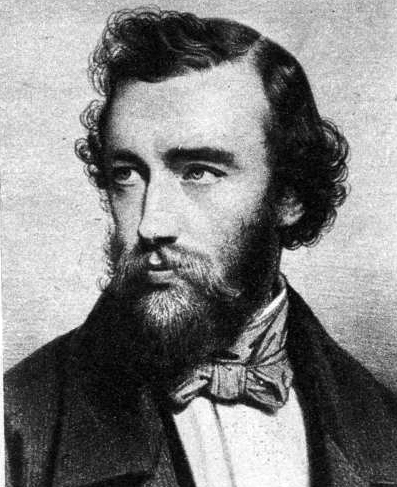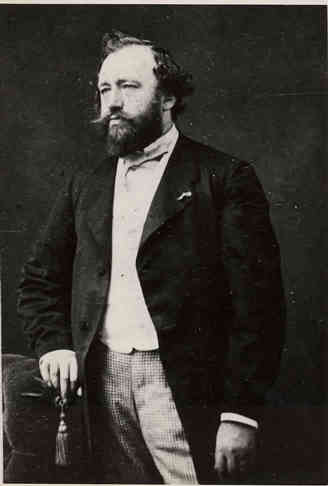<Back to Index>
- Journalist Charles Henry Dow, 1851
- Musical Instrument Designer Antoine-Joseph "Adolphe" Sax, 1814
- Sultan of the Ottoman Empire Suleiman I (the Magnificent), 1494
PAGE SPONSOR


Antoine-Joseph "Adolphe" Sax (November 6, 1814 – February 4, 1894) was a Belgian musical instrument designer and musician who played the flute and clarinet, and is best known for having invented the saxophone.
Adolphe Sax was born in Dinant in Wallonia, Belgium. His father, Charles-Joseph Sax, was an instrument designer himself, who made several changes to the design of the horn. Adolphe began to make his own instruments at an early age, entering two of his flutes and a clarinet into a competition at the age of fifteen. He subsequently studied those two instruments at the Royal School of Singing in Brussels. Having left the school, Sax began to experiment with new instrument designs, while his father continued to produce conventional instruments to bring money into the household. Adolphe's first important invention was an improvement of the bass clarinet design which he patented at the age of twenty-four.
In 1841, Sax relocated permanently to Paris and began work on a new set of instruments which were exhibited there in 1844. These were valved bugles, and although he had not invented the instrument itself, his examples were so much more successful than those of his rivals that they became known as saxhorns. They range in approximately seven different sizes, and paved the path to the creation of the flugelhorn. Today, they are widely used in concert bands and sometimes in orchestras. The saxhorn also laid the groundwork for the modern euphonium. Sax also developed the saxotromba family, valved brass instruments with narrower bore than the saxhorns, in 1845, though they survived only briefly.
Saxhorn instruments spread rapidly throughout the world. The saxhorn valves were accepted as state of the art and are still largely unchanged today. The advances made by Adolphe Sax were soon followed by the formation of the famous British brass band movement which exclusively adopted the saxhorn range. An example is the Jedforest Instrumental Band which formed in 1854 within the Scottish Borders only a decade after saxhorn models became available.
The period around 1840 saw Sax inventing the clarinette-bourdon, an early (and unsuccessful) design of contrabass clarinet. Most significantly, at this time he developed the instrument for which he is now best known, the saxophone, patented in 1846. The saxophone was invented for use in both orchestras and concert bands. Composer Hector Berlioz wrote approvingly of the new instrument in 1842. By 1846 Sax had designed, on paper, a full range of saxophones (from sopranino to subcontrabass). Although they never became standard orchestral instruments, the saxophones made his reputation, and secured him a job teaching at the Paris Conservatoire from 1867.
Sax continued to make instruments later in life, as well as presiding over a new saxophone class at the Paris Conservatoire. However, rival instrument makers attacked the legitimacy of his patents and mounted a long campaign of litigation against Sax and his company, driving him into bankruptcy twice (in 1856 and 1873).
Sax
suffered from lip cancer between 1853 and 1858 but made a full
recovery. He died in 1894 in Paris and was interred in section 5
(Avenue de Montebello) at the Cimetière de Montmartre in Paris.
